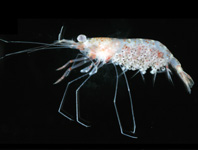Abstract
Homonyms at the genus-group level in zoological nomenclature are not just “embarrassing for an author to discover or be told that his proposed name is preoccupied, but for all concerned it is a nuisance and an expense to make the corrections required” (Oehser 1935: 962). Names at the genus-group level are also the most “abundant source of homonyms” (Patterson et al. 2009: 688). Most preoccupied names will require a published article of at least half a page to replace them, and can lead to acrimonious debates in scientific literature, especially if this is done by data-miners who are not specialists of the groups (see Krell 2009: 274).

